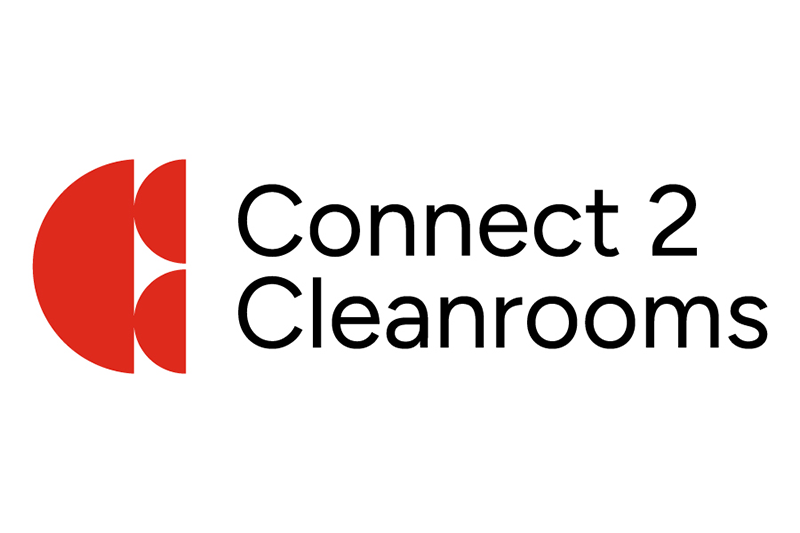CERN, the Swiss particle accelerator company, has entrusted Connect 2 Cleanrooms (C2C) the expansion of its site in Prevessin, France, dedicated to producing beam intercepting devices to be used in different particle accelerators across its global network of the particle physics laboratory.
The making of beam intercepting devices involves the assembly of highly specialised parts such as collimators to clean the halo of proton beams, beam stoppers and beam dumps to absorb the energy of particles.
Beam devices are built in sections to allow parts to be decommissioned and removed for servicing and maintenance.
With these highly calibrated pieces of machinery, there is a risk that exposed parts could be affected by particulate contamination during assembly or servicing. Contaminants inside the chamber could affect how the beam is travelling and render them ineffective.
Conducting the assembly inside a cleanroom would reduce the risk of particulate contamination.
Some parts are up to six metres in length and 30 tonnes in weight: how would these colossal parts that need to be transported by overhead crane be moved into a cleanroom?
Telescopic cleanroom design
Collaborating with CERN scientists, C2C designed a concertina cleanroom with three moveable modules that extend on guide rails from a closed position, tripling the floor space.
So, when larger beam intercepting device sections have been craned into the servicing bay, the cleanroom can be extended, laterally enveloping the part. Doors can then be closed and locked in position for safety and integrity.
The softwall cleanroom houses six HEPA filter fan units (FFU) to maintain the clean air integrity no matter what the configuration.

The cleanroom achieves particle counts to meet ISO 14644-1 Class 8 when in the extended position, controlling the risk of contamination.
Two FFUs are housed in a sealed plenum in the ceiling of the middle section, providing a downflow of clean processed air.
The other four are housed in the end walls providing horizontal clean air flow. This means that the integrity of the cleanroom is always maintained. In the closed position, the site achieves particle counts to meet ISO 14644-1 Class 6.
When in the closed position, the cleanroom can be used for work on smaller parts. This means all the beam intercepting device components can be assembled in the same environment.
Up and running
Installed and validated at CERN’s Prevessin site, the cleanroom also delivers access to the required services with Swiss Type J power sockets and Cat6 Ethernet cable outlets. A control cabinet accessed externally allows control over the FFU speed.
CERN is a security protected site and the installation and validation team at C2C gained access through a comprehensive induction and validation process.
Once they had achieved the required clearance, the team worked autonomously completing the complex installation and qualification in eight days.
The video below showcases the concertina cleanroom in operation:
Commenting on the execution, the project manager at CERN said: "Connect 2 Cleanrooms was the most competitive company who passed our tender qualification.
"The design stage was very fast and the principle of the layout was complete within the first iteration. The end result is unique when you see the extending cleanroom in motion."

